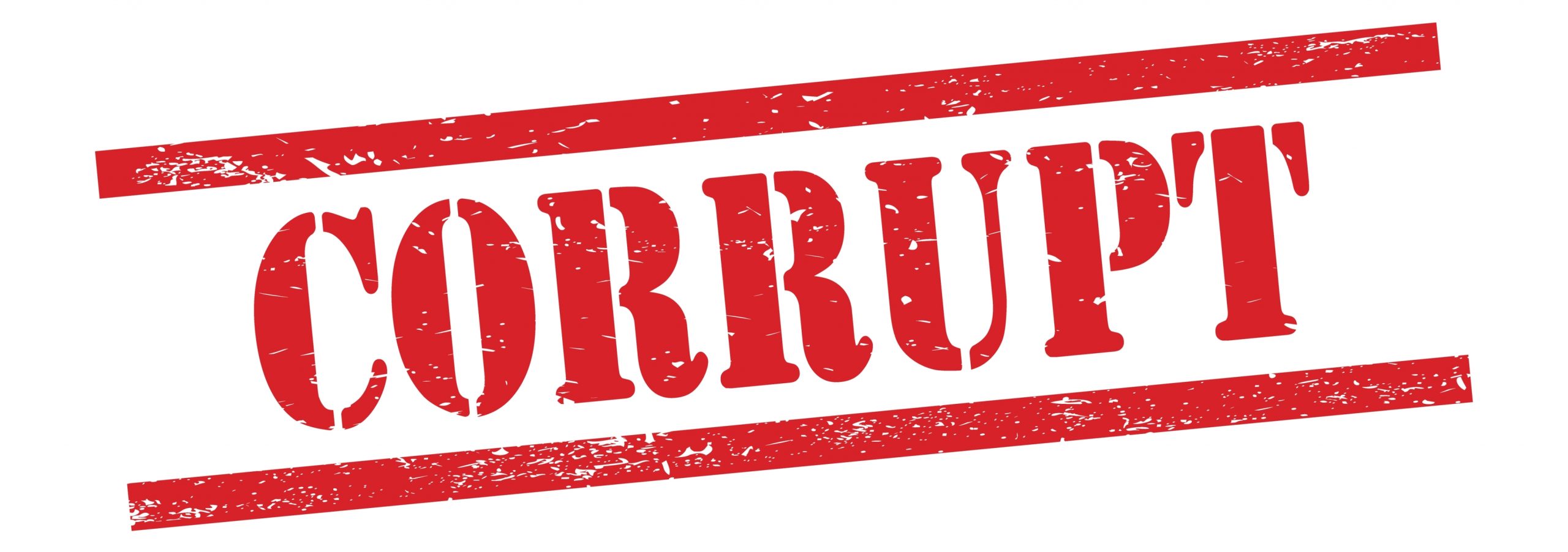Over the years I have documented many of the concepts around corruption repair. Want to find out more, check out the corruption category at by blog.
There are several common causes of database corruption in SQL Server, including:
* Hardware failures: Hard drives, memory chips, or other hardware components can fail, causing data to be lost or damaged.
* System crashes: Power failures, blue screens, or other system crashes can cause corruption in a SQL Server database.
* Software bugs: Software bugs can cause corruption in a SQL Server database by interfering with the normal functioning of the database management system.
* Human error: Accidentally deleting or modifying database files, or executing harmful SQL commands can cause corruption in a SQL Server database.
* Virus or malware attack: Malicious software can infect a SQL Server database and cause data to be lost or corrupted. However an entirely encrypted database from ransomware is different from corruption.
* Improper shutdowns: Shutting down a SQL Server database improperly, such as by pulling the plug, can cause corruption.
It really all comes down to something damaging the database files and getting them into an inconsistent state where some or all of the data can’t be read.
These are just some of the common causes of database corruption in SQL Server. To minimize the risk of corruption, it is important to implement best practices such as regularly backing up the database, monitoring hardware health, and keeping the operating system and SQL Server software up to date with the latest security updates and patches.
Want to learn more about how to prepare for corruption on SQL Server? Take a look at my class that will teach how to to be prepared if corruption strikes.
Corruption Class by Steve Stedman.
More from Stedman Solutions:

Steve and the team at Stedman Solutions are here for all your SQL Server needs.
Contact us today for your free 30 minute consultation..
We are ready to help!

